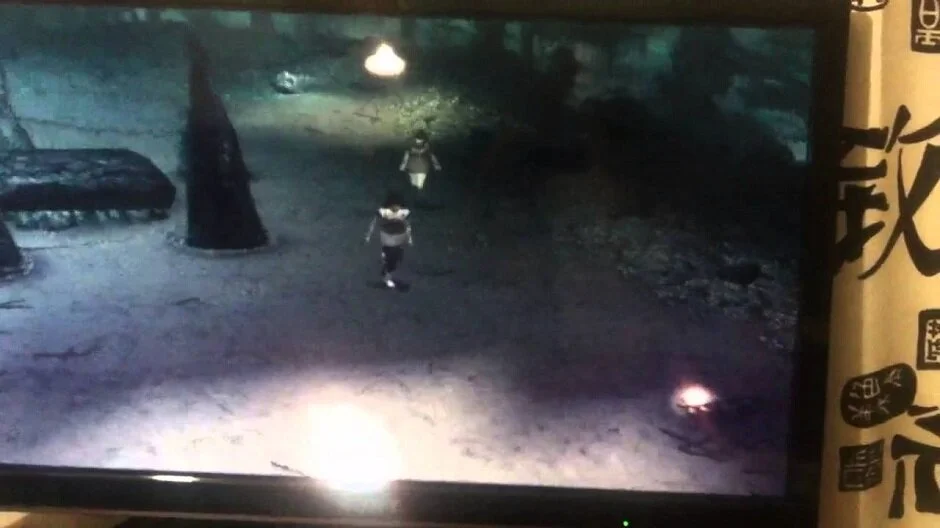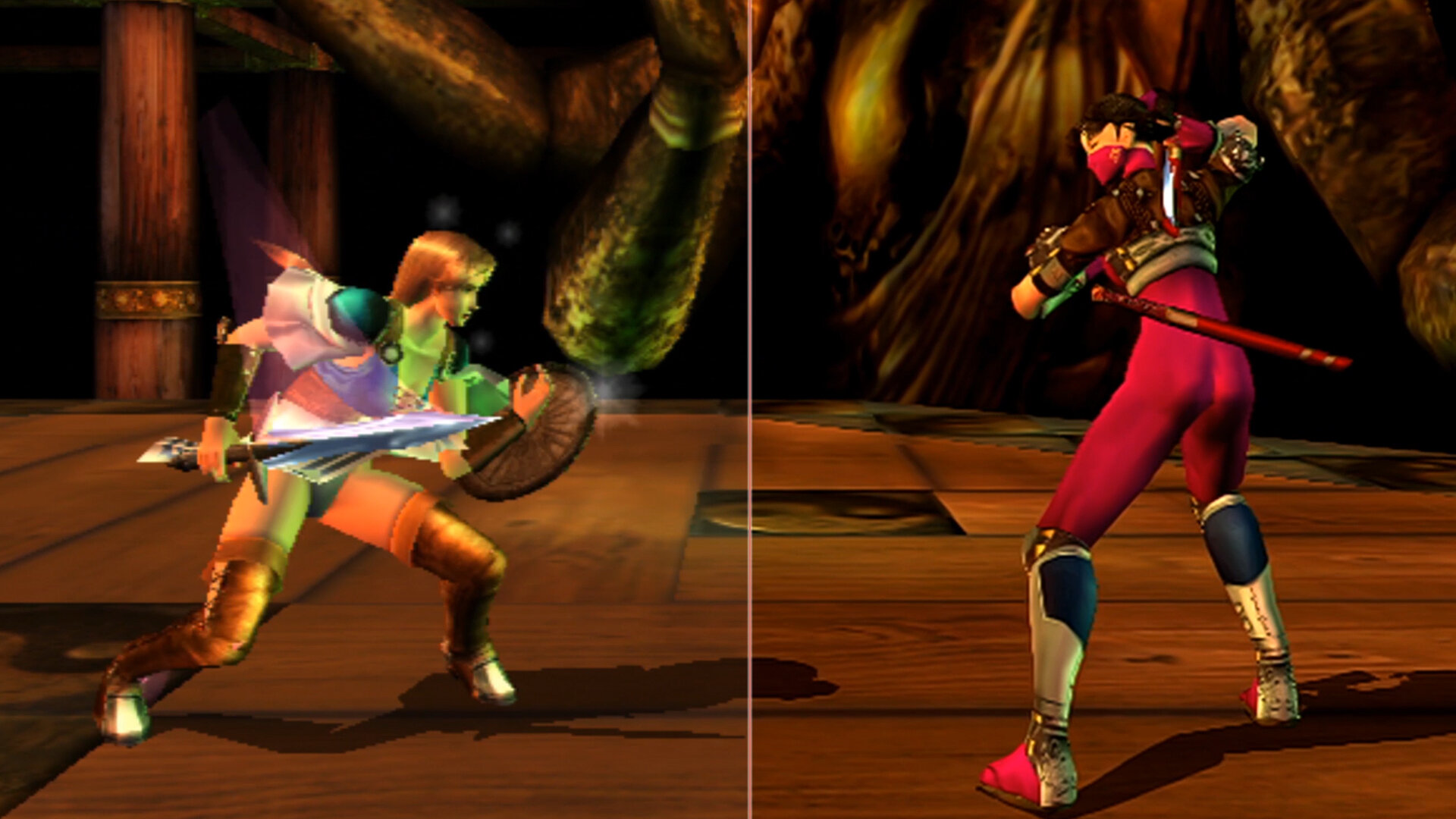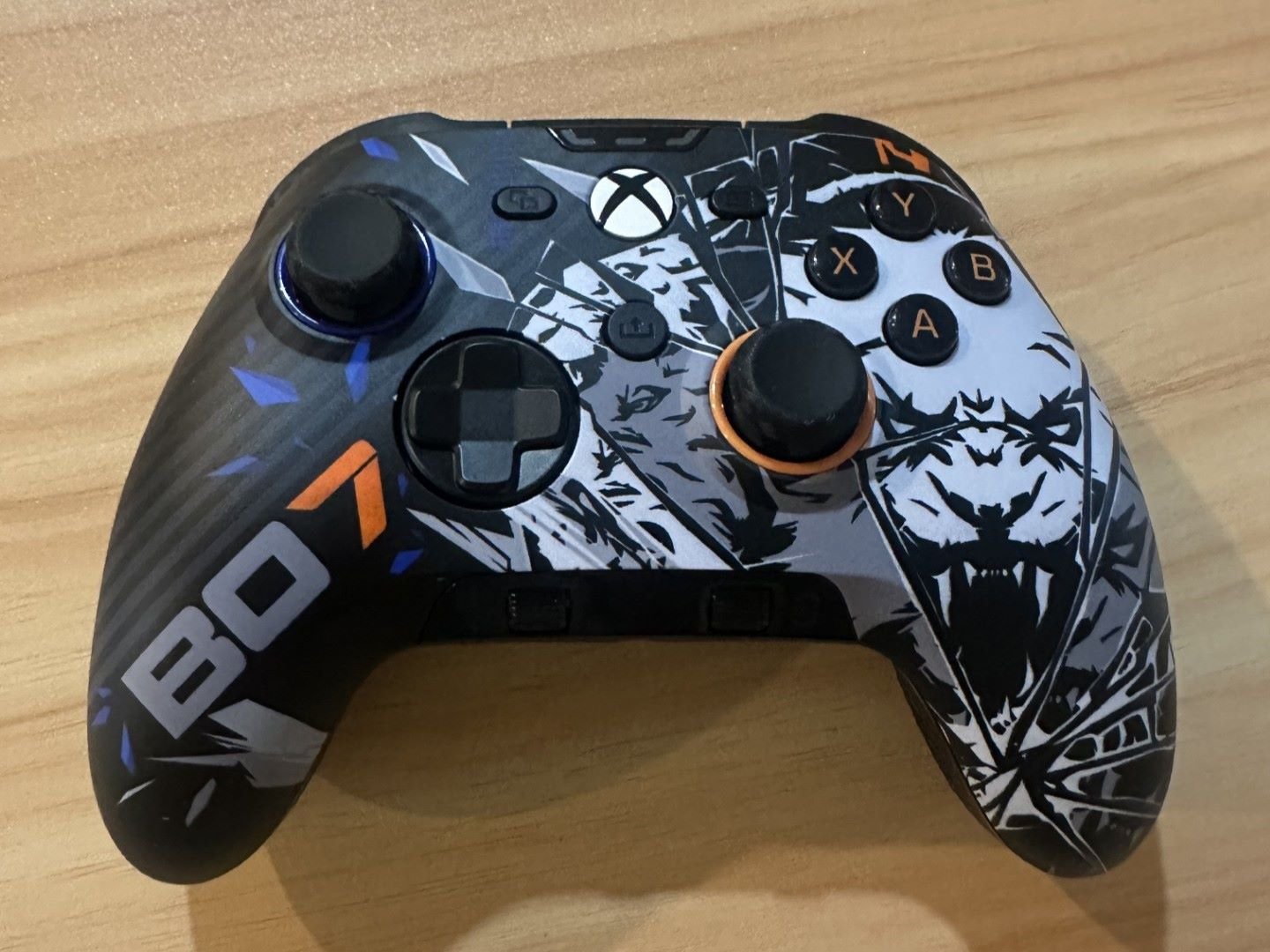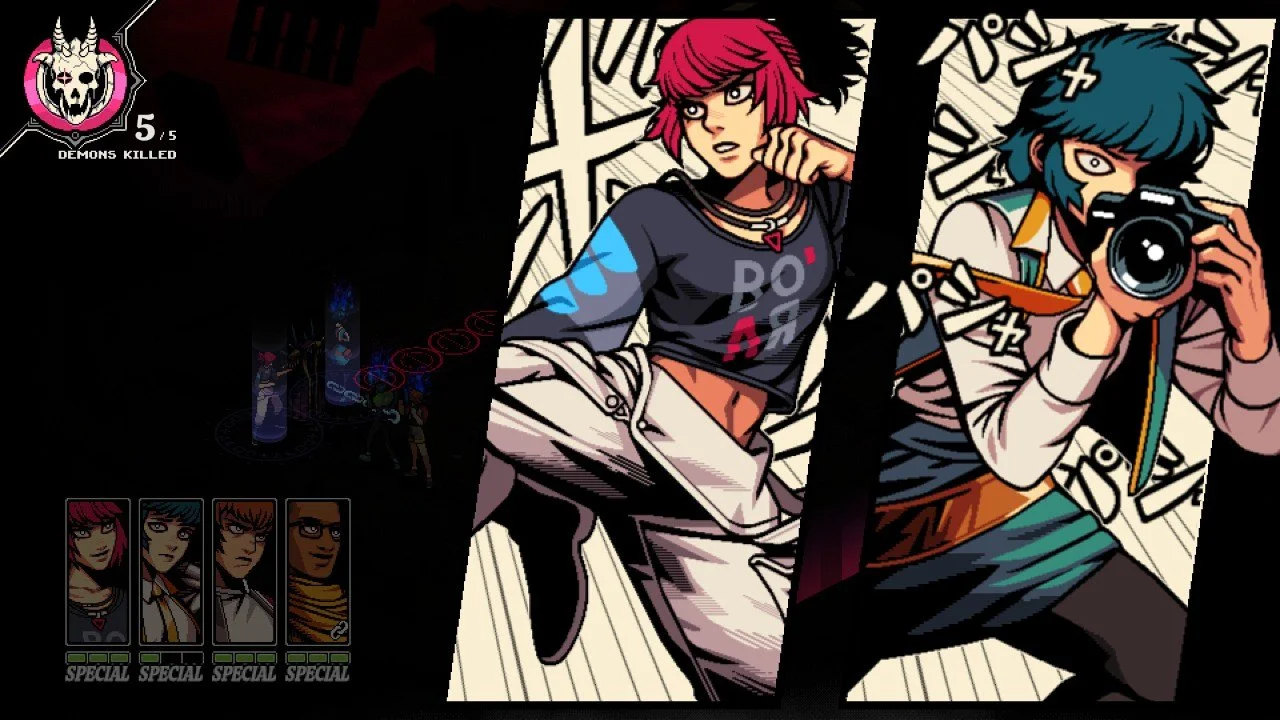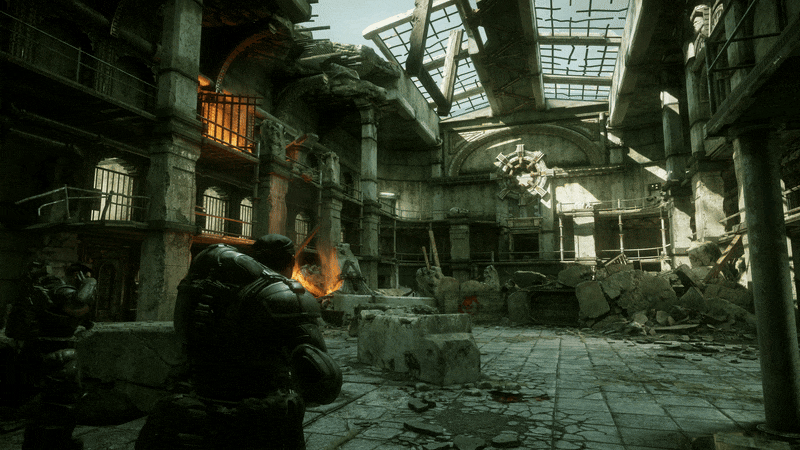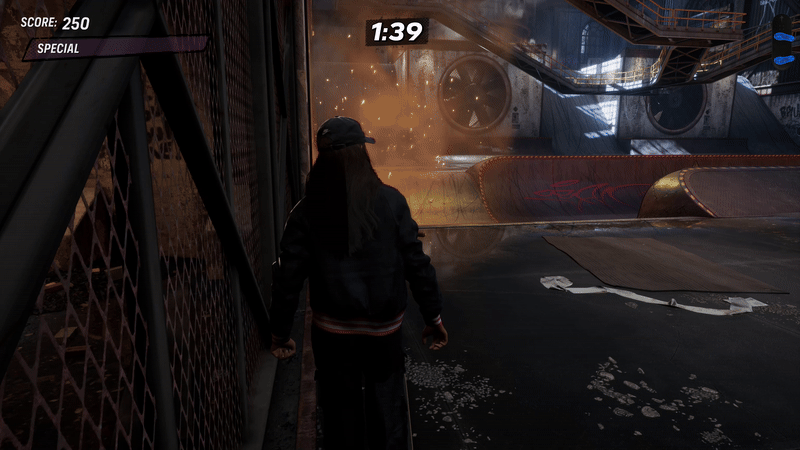CRTs and the “retro look” With the turn of the millennium, there came many changes in the way people played games. Analog controls became mainstream, graphics and sound were running a marathon around what came before, and gameplay was being refined into a more natural-feeling experience than ever before.
Perhaps one of the things that changed drastically over time, and that very few talk about, is the use of CRT TVs and monitors for gaming. Not for lack of reason, as they were bulky, took a lot of space, and they were difficult to produce and repair. They’d also be prone to electrical interference, which would cause a really annoying hiss or buzz. It was circa 2006, around the time the Nintendo Wii released to the market, that most people would start dumping their old cathode ray tubes for the smaller, safer and arguably more stylish LCD panels. As time went by, LCD technology advanced in gigantic steps, making them a complete no-brainer for those looking for superb image quality and clarity, leaving those old “bulkies” in the dust.
They say you don’t appreciate what you have, until you lose it. This turned out to be very true for many avid video game collectors and technology fiends, that found themselves unable to replicate the look and feel of their old favorite consoles or even PC games. Sure, they could hook up older consoles to their LCDs or LEDs using the composite or component inputs that still come with most TVs to this day, but it resulted in a blurry, messy and grainy image, that simply wasn’t up to snuff. Not to mention copious amounts of input lag, caused by the digital processing that so many TVs have nowadays. Some big-name brands like Sony, would add a so-called “Game mode” that would get rid of several, if not all layers, of digital processing, thus reducing input lag as much as possible. Despite this, many retro enthusiasts were unsatisfied with the results.
The market didn’t take very long to come up with different solutions, such as the ever so popular Framemeister, which would allow these older consoles to be upscaled to 720p or 1080p, thus delivering a clean and sharp image.
For many, however, this wasn’t enough. Even with upscaling, shaders and fake scanlines, it was not the same. Retro enthusiasts would start looking back at the old bulkies; newfound appreciation for the complete lack of input lag, true and rich blacks, beautiful colors, warm image, and simple inputs. It became clear that there was no better way to enjoy retro games, than the way they were meant to be played.
However, things would not end there. With a return to the CRT TV, came the desire to make the retro experience as good as it can possibly get. Those with consumer-grade CRTs would upgrade from composite cables to component (YPbPr) cables, thus delivering a cleaner image without the “dot crawl” that was so prevalent in composite output.
The more hardcore enthusiasts went even further beyond, seeking out professional video monitors (PVMs) and broadcast video monitors (BVMs) to take their retro games beyond the limit of consumer CRTs. These devices were designed to run 24/7 and offer several options that regular TVs simply don’t have, such as the coveted RGB SCART input. Originally used mostly in Europe, this input method allows for the best image quality on any retro console. It works by passing the information for each of the three colors used to present video on a monitor separately then blending the signals on the display; this presents beautiful, rich colors and a clear image, only rivaled by HDMI.
Despite the passage of time and advancements in technology, it’s obvious that retro gaming is alive and well, and the CRT has become a staple in those seeking to complete the retro look and feel. Sadly, it is a dying technology, and despite efforts to preserve and restore these displays, it is only a matter of time before the last CRT draws its last breath. Hopefully by then, there will be displays capable of providing the advantages that these majestic pieces of history have given gamers for over 30 years.

